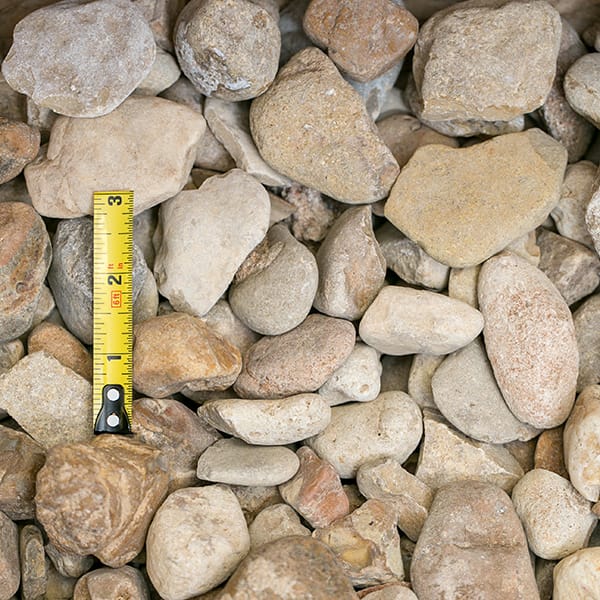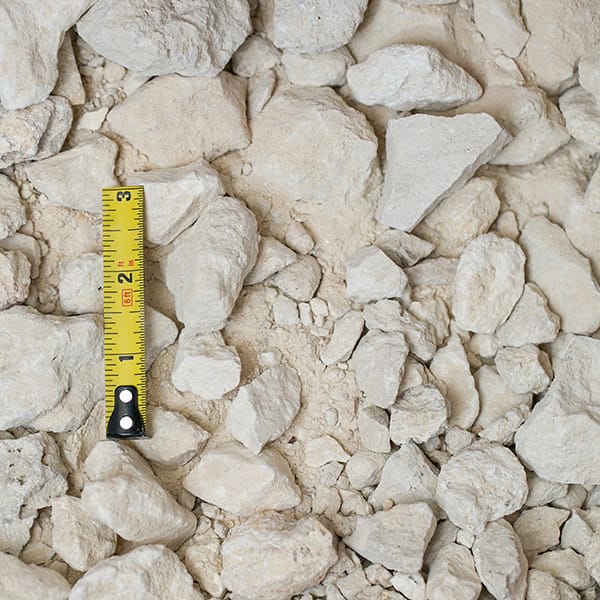Montezuma Cypress
By Innovation Grounds
The Montezuma Cypress (Taxodium mucronatum) is a large, striking tree that is native to parts of Mexico and the southwestern United States. Known for its remarkable size, long lifespan, and unique, moss-covered appearance, it is often found in wetland areas or along riverbanks.
General Overview
- Common Name: Montezuma Cypress, Mexican Cypress, Ahuehuete
- Scientific Name: Taxodium mucronatum
- Family: Cupressaceae (Cypress family)
- Native Range: Primarily found in Mexico, particularly in the central and southern regions, but also in parts of Texas and New Mexico in the U.S.
- Growth Habit: Deciduous tree
- Height: Typically 40-50 meters (130-160 feet), but can reach up to 55 meters (180 feet) in ideal conditions.
- Canopy Spread: Up to 20 meters (65 feet) wide.
- Lifespan: Can live for over 1,000 years, with some specimens being considered ancient, particularly those in sacred or historical sites.

Physical Description
- Trunk: The trunk can be massive, often growing with a fluted, buttressed base. The bark is gray to reddish-brown and can be deeply fissured.
- Leaves: The leaves are needle-like, soft, and arranged in flat sprays. In the fall, they turn a yellow-brown before dropping.
- Cones: The tree produces small, round cones that are about 1-2 cm (0.4-0.8 inches) in diameter, which mature to release seeds.
- Roots: The Montezuma Cypress is known for its unique “knees”—small, vertical protrusions of the root system that emerge above the ground, typically near the water’s edge. These structures are believed to help with oxygen exchange and stability in waterlogged soils.

Ecological and Cultural Significance
- Habitat: The Montezuma Cypress is commonly found in riparian ecosystems, especially along rivers and wetlands. It thrives in wet soils and is often associated with floodplains and water-rich environments.
- Flood Tolerance: These trees are highly tolerant of flooding and can survive submerged for extended periods, a feature that makes them essential in maintaining wetland ecosystems.
- Wildlife Habitat: The Montezuma Cypress supports a variety of wildlife. Its dense foliage offers shade and shelter for birds, insects, and small mammals. The hollowed trunks, especially in older trees, can also provide nesting spaces for birds.
- Historical and Cultural Importance: The Montezuma Cypress holds great cultural significance, especially in Mexican folklore. It is revered as a symbol of longevity and resilience. One of the most famous specimens is located in Santa Maria del Tule, Oaxaca, Mexico, where the tree has been estimated to be over 2,000 years old.

Growing Conditions
- Climate: The tree prefers subtropical and tropical climates. It is highly adaptable to both hot and cold temperatures but thrives in regions with a mild to warm climate.
- Soil: Prefers moist, well-drained soils but can tolerate a wide range of soil types, including clay, loam, and sandy soils.
- Water Needs: It has a high water requirement and does best in locations with consistent moisture, such as floodplains or near water sources like rivers, ponds, or wetlands.
- Light Requirements: The Montezuma Cypress grows best in full sunlight but can tolerate some shade.

Care and Maintenance
- Pruning: While young trees may require some shaping, mature Montezuma Cypress trees do not require much pruning. However, deadwood or diseased branches should be removed to maintain health.
- Pests and Diseases: These trees are generally pest-resistant, but they can sometimes be susceptible to root rot in poorly-drained soils. Overwatering or standing water can lead to fungal infections or decay.
- Transplanting: As large, slow-growing trees, they are not commonly transplanted after they have reached maturity. Seedlings or saplings are the best option for new plantings.

Uses and Benefits
- Timber: The wood of the Montezuma Cypress is valuable for making furniture, construction materials, and other products. It has a fine grain and is resistant to decay, making it highly durable.
- Landscaping: While not commonly planted in residential gardens due to its size, the Montezuma Cypress can be used for large-scale landscaping projects, particularly in wetlands or as a specimen tree in parks and public spaces.
- Environmental Benefits: These trees play a key role in stabilizing soil in wetland areas, preventing erosion, and helping to purify water by filtering out impurities and excess nutrients.

Notable Specimens
- El Árbol del Tule in Santa Maria del Tule, Oaxaca, Mexico: This is one of the oldest and largest specimens of the Montezuma Cypress, with an estimated age of over 2,000 years. Its girth measures over 42 meters (137 feet), making it one of the widest trees in the world.
- La Malinche National Park, Mexico: Known for its majestic cypress groves, this park is a hub for biodiversity, offering a habitat for a wide range of species.

Conservation Status
The Montezuma Cypress is generally not considered to be at significant risk of extinction; however, habitat destruction due to urbanization, pollution, and waterway development can impact local populations. Preservation efforts are important in ensuring the long-term survival of these trees, particularly in their native regions in Mexico.

Interesting Facts
- The tree’s roots, particularly the aerial “knees,” are often likened to ancient beings or mythical figures in local folklore.
- It is often associated with water spirits in Mesoamerican cultures.
- The Montezuma Cypress can produce “burls” (growths of abnormal tissue on the tree), which are highly prized for their unique wood grain and are used in carving and making decorative objects.

Summary
The Montezuma Cypress is a remarkable tree that offers ecological, aesthetic, and historical value. Known for its impressive size, longevity, and resilience, this species thrives in moist, riparian environments and is revered in many cultures. Although it is not commonly used in smaller-scale gardening, it plays a crucial role in supporting biodiversity and environmental stability in its native habitats.


